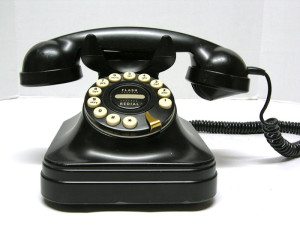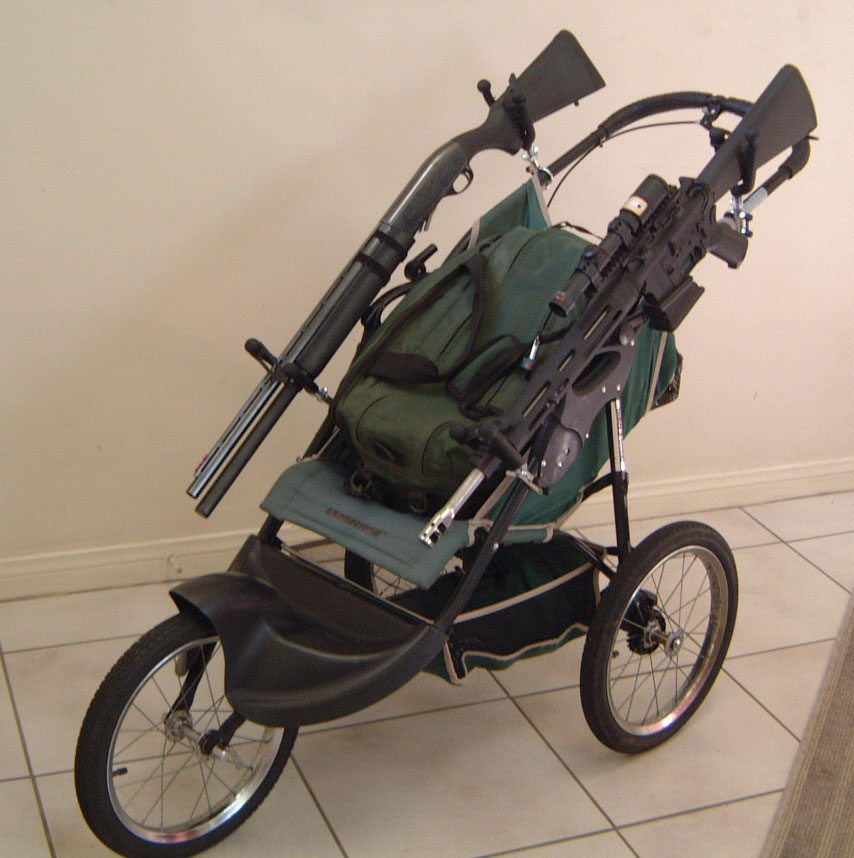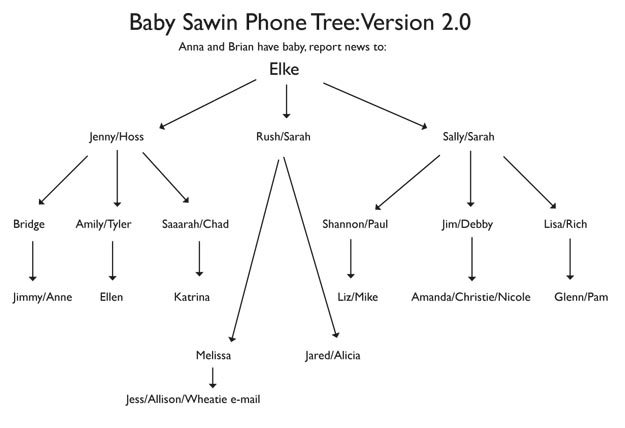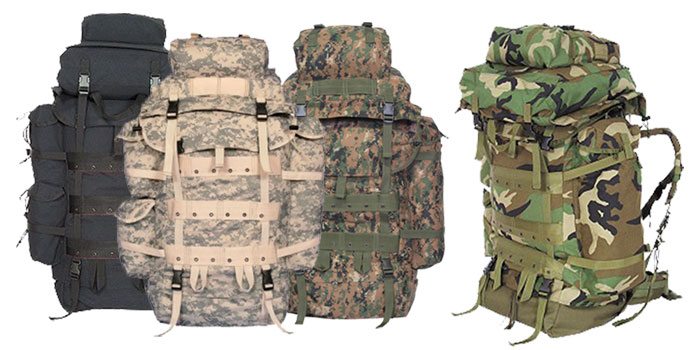So far we’ve covered basically preparing your home with supplies, locations where to store said supplies, implementing a FI-FO method for water and canned food and sheltering in place.
Now we’re moving onto the actual planning for the eventuality of evacuating your home. There will come a time, based on the severity and type of emergency/disaster that your best course of action is to haul ass to a safer location. This means planning for when serious ground brown suffocates the rotary oscillator and you need to get out of the area.
ICE

It’s recommended that you list a secondary contact as well, maybe ICE-Mom or if you have a medical condition, ICE-my cardiologist. Your ICE contacts should know your medical history and be able to help with emergency decisions. Your best friend may not be your best choice for an ICE contact.
The Phone Tree
While still on the topic of communication, the next topic to discuss is a phone tree. No, this isn’t a tree where phones of a certain brand grow just waiting for someone to come along and pick them. A phone tree dates back to the days when there weren’t cell phones or cordless phones. Yeah, way back in the days before X-box and Angry Birds.
A phone tree is a list of people that are called for any event but in our case in the event of a disaster. This would be a set pattern established by friends, relatives, and/or members of your group (MAG). It’s important to realize that in any type of disaster there will be massive traffic on cell phone towers and telephone hard lines especially in the affected area. That means that for a phone tree to work the primary contact should be someone outside of town or maybe even outside the county or state you live in. Local phone lines and cell towers will be overloaded but long distance lines may not be. Also consider a power outage. If power goes out and stays out for a period of time, your cordless phone will not be charged and will most likely be dead. A hard line phone, you know the phone that isn’t cordless, the one with a base and handset connected that has a line from that base to the wall. Old school phones for some people. Those will still work because wonder of all wonders, they don’t need batteries.
To recap, we’ve worked through ICE contacts, phone trees, hard line phones now comes the issue of evacuating your home.
Evacuation, BOB and You
You have 5 minutes to grab what you need and be out of your house.
How many of you just shit your pants?
Less than 10 minutes is the average time span you will have if you even remotely plan to get out of your home and out of the hot zone. That means you need what is commonly referred to as a BOB, GOOD, TSHTF bag or an E-kit. BOB is a Bug out Bag aka Get Out Of Dodge Bag, The Shit Hit The Fan bag or an Emergency Kit. This bag needs to be pre-packed and readily accessible.
Doesn’t matter what you call it, you will need something that will and can contain food, water, clothing, shelter, sleeping bags, and some rudimentary tools that will last you and your family for at least 7 days. More is always better but 7 days should suffice as a starting point.
For simplicity’s sake, I’ll refer to this bag as a BOB.
Some people will rush out and hit Cabela’s, REI, Big-5 or other sporting goods stores and buy some high-speed, high-tech, mortgage the house backpack. There’s no need for that type of expense. While it’s totally up to you how much you spend on a BOB, you can get one for next to nothing. Military surplus packs, ALCE or CFP-90 packs can be found at most surplus stores or at online surplus dealers. The only difference between the two is again, your choice, what you want to spend on a BOB and comfort. The ALCE pack hasn’t changed much since it was first introduced. The CFP-90 is a newer model that some refer to as a ‘Ranger Assault Pack’. The difference between the ALCE and the CFP is the style, colors available and storage ability. Just make sure you have the 10 Essentials in your BOB and work up from there.
Remember this one little tidbit of information, the open carry of distinctive military equipment could make you a target for looters. What that means is of you look like you have your shit together; it makes you stand out. That applies to wearing surplus military apparel. These looters are what I like to refer to as the have-nots or the sheeple. If you elect to go the military surplus route, then you should also plan egress routes that take you away large concentrations of population. If you’re in an urban sprawl it might be best to cover your pack with garbage bags, duct tape and stretch cords to make it appear to be a slapped together cargo harness not a durable pack. Another option would be to try to use your vehicle for as long as possible to get away from an urban area before shifting to your BOB.
Going back to communications and the phone tree, when the decision is made to evac with your BOB, you should make the call to let the people know on your tree that you’re moving. An example of this would be a short call to Joe that says ‘Joe, moving to Site Alpha’ or just Joe, Site Alpha’ for brevity. That short conversation lets Joe know that you’re moving to your primary location so if anything happens or you’re delayed, he knows the basic route you’re taking to get there. Keeping the conversation short is essential as it doesn’t waste time, doesn’t tie up the phone for very long and that message can be left on an answering machine or voice mail and understood very easily.
Secondary Locations
Now we move onto secondary locations, Bug Out Locations (BOL) or retreats.
A retreat is a secondary location away from your home. It could be a local emergency shelter (not something that is recommended unless it’s the very last resort and even then you should seriously consider other options) It should be someplace outside and away from all major cities if possible. The more rural and remote the better. It could even be the family farm that Uncle Chuck and his family are still at. If that’s the case, make sure Uncle Chuck is part of your phone tree.
Ideally, a secondary location/survival retreat should be someplace that is geographically isolated from freeways, major roads, large cities and towns and able to sustain you, your family and/or your MAG for an extended period of time. (More on what a MAG is in a later post) That means that the location should have suitable ground for gardening and the possibility of supporting livestock that may already be there or can be moved there sometime in the future. A nearby water source is also essential. It could be a deep water well, a stream, a river or a pond or lake as long as the water is not part of a city’s system. I mention that last part to address the issues of effluents and chemicals contaminating your water source. Consider the LA River, that’s not a water source I’d seek out during a disaster or for that matter even when there wasn’t an emergency. Look at the water supply for New Orleans following Katrina; no one would want to use that as a source of water with all those chemicals and contaminants in it.
This is again, very basic information that may not fit your individual needs or plans. Everyone’s plan is different so therefore not everything mentioned in this group is applicable in all circumstances. Some of you may shelter in place while others will head for the nearest emergency shelter or a preplanned BOL.







